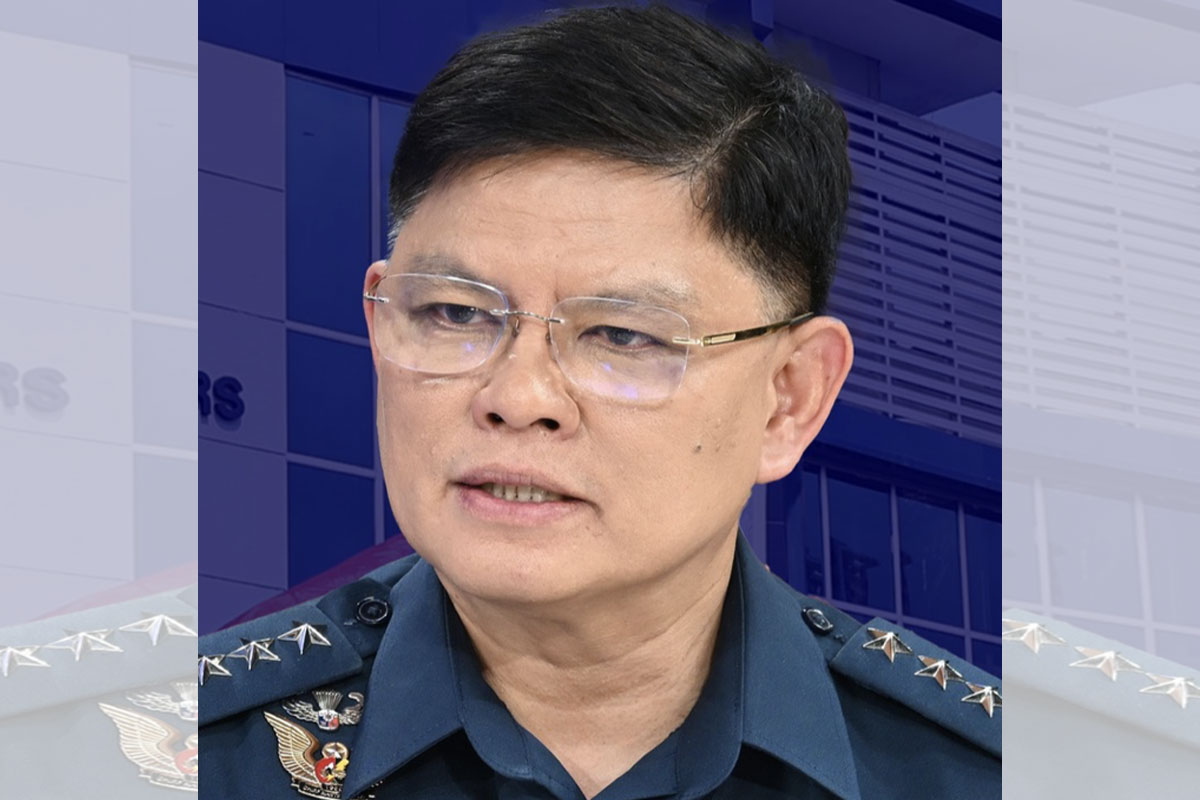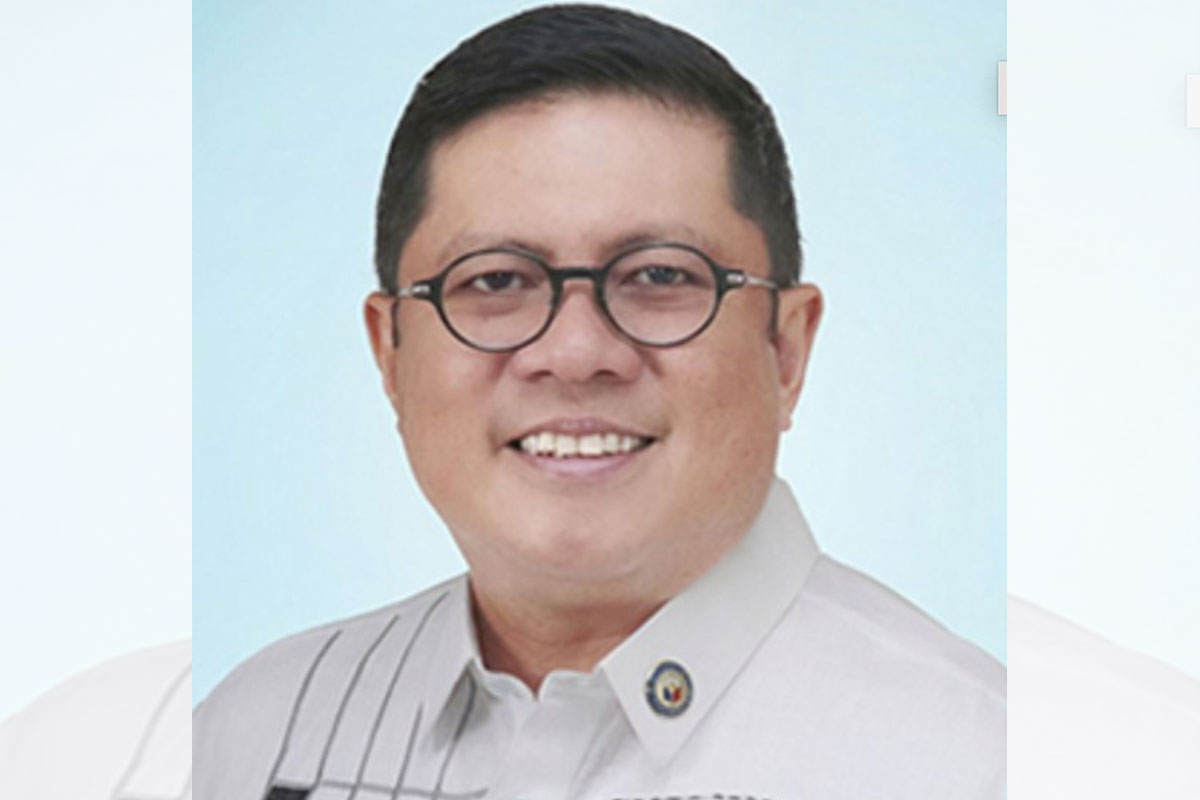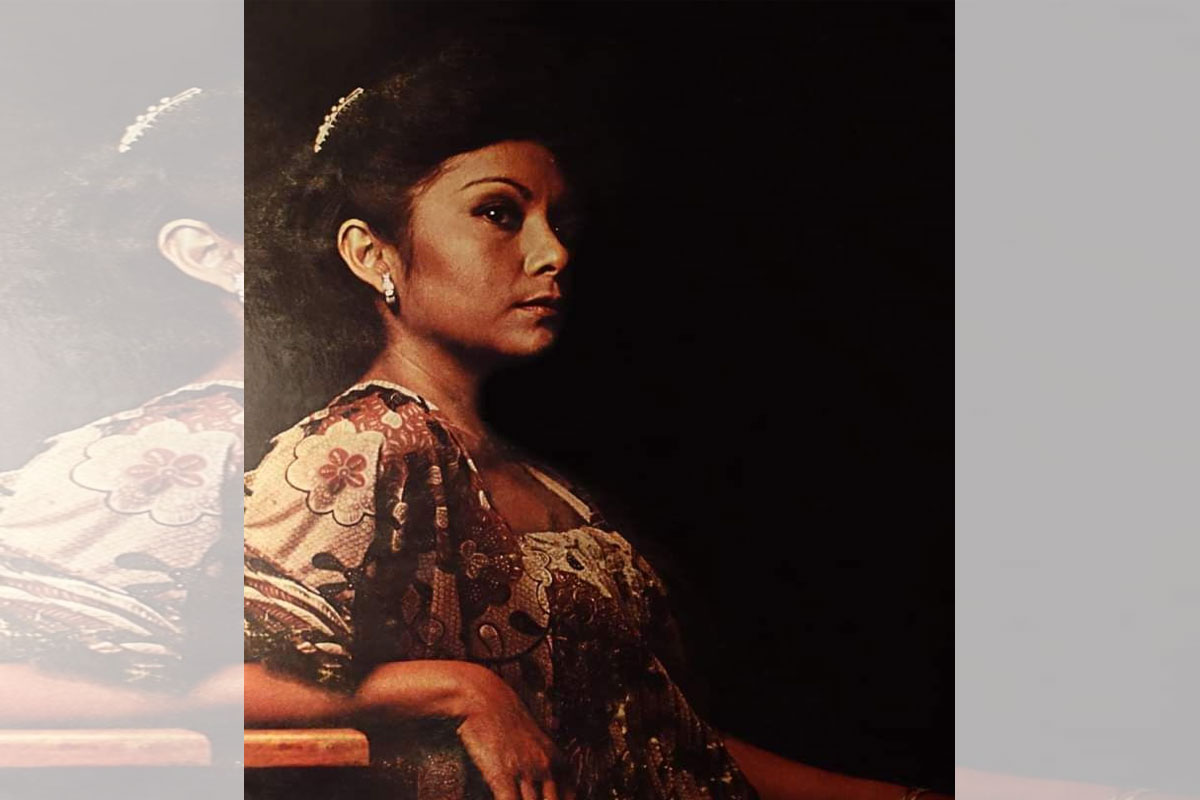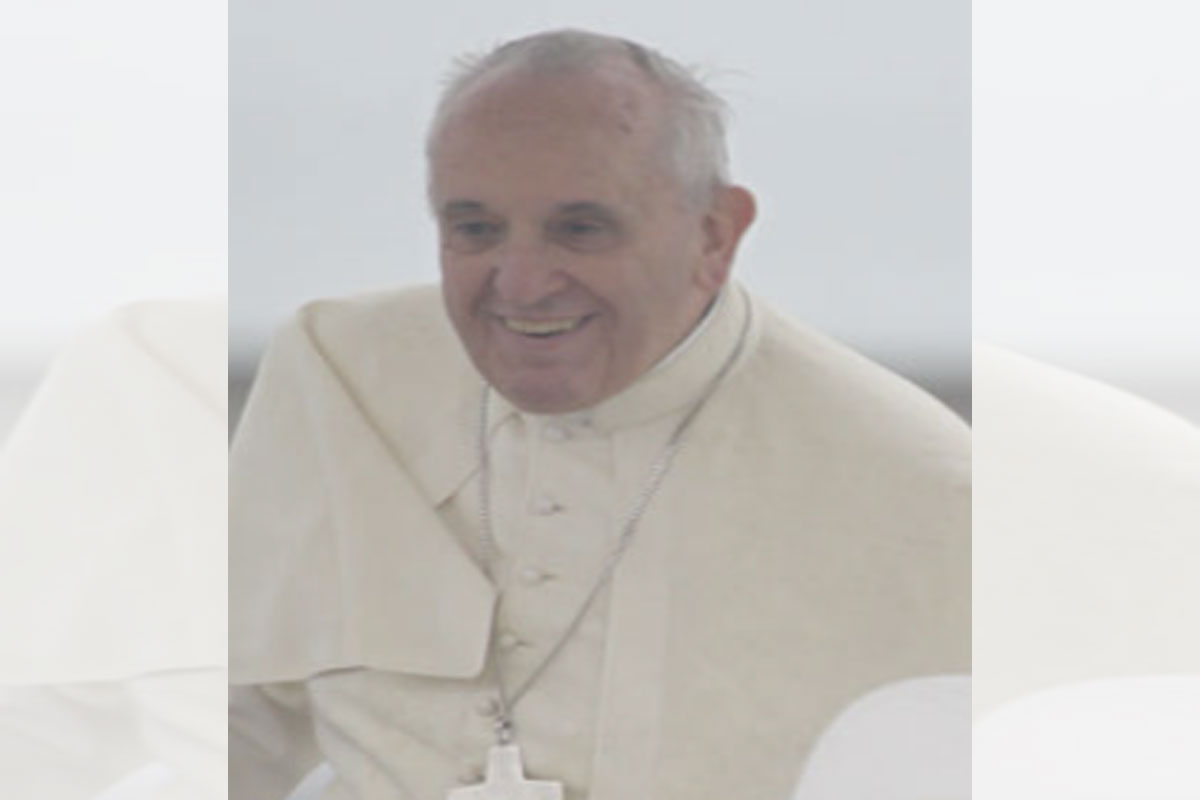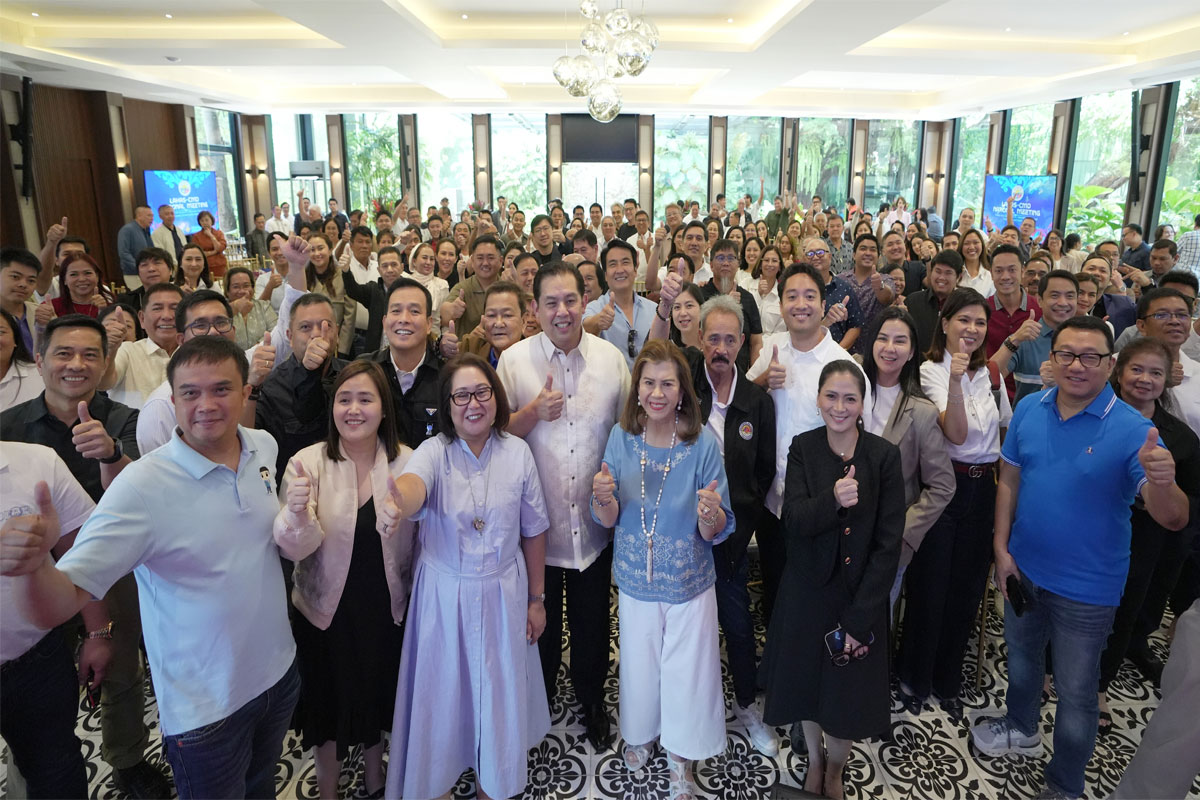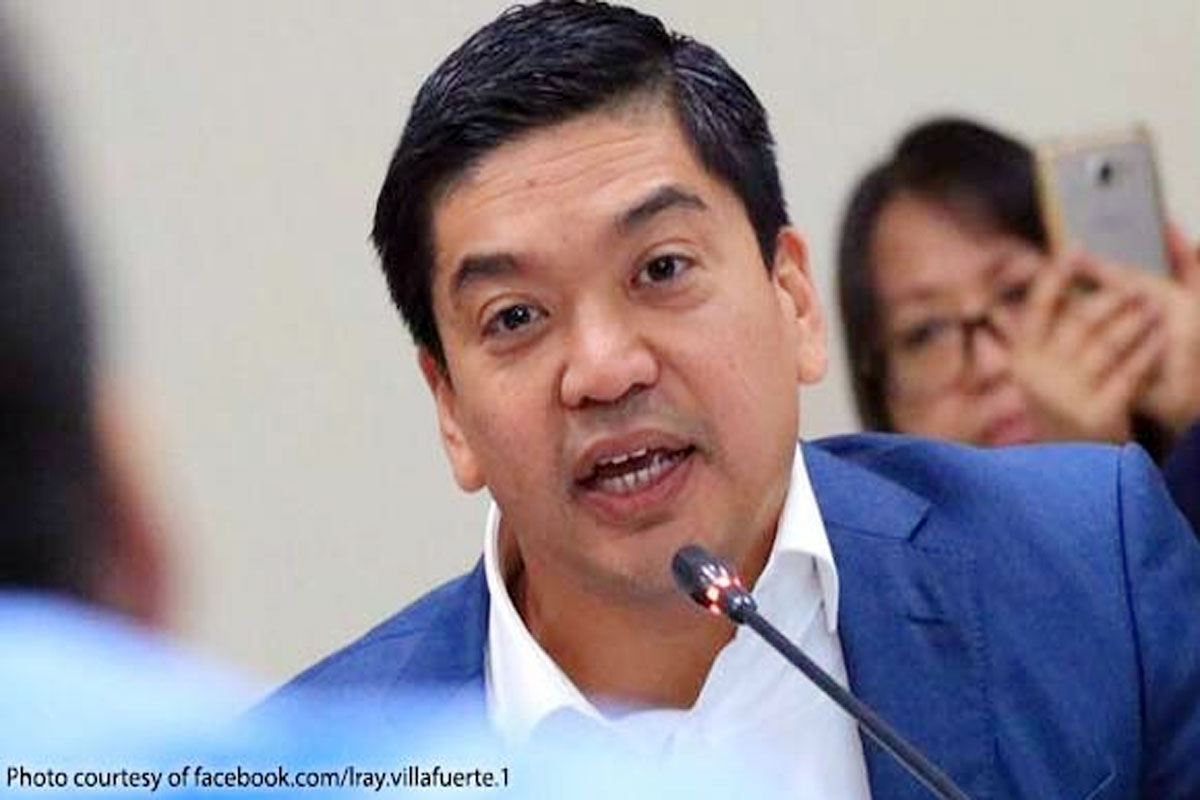
Congress backing for PRRD economic recovery agenda pushed
CAMARINES Sur Rep. LRay Villafuerte has sought congressional support for President Rodrigo Roa Duterte’s newly launched 10-point policy agenda to accelerate the country’s economic recovery by way of the Senate’s fast-track passage of the House-approved P1.5-trillion stimulus package anchored on much higher infrastructure investments to invigorate the economy and speed up its bounce back from the two-year, pandemic-driven global slump.
Villafuerte lauded the President’s issuance last week of Executive Order (EO) No. 166 on a 10-Point Agenda on Economic Recovery, and said the 18th Congress could throw its full support behind his Administration’s culminating bounce-back program by passing the Covid-19 Unemployment Reduction Economic Stimulus (CURES) bill, which is meant to ramp up state spending on health, education, agriculture, local roads, livelihood, information and communication technology (ICT) and tourism (HEAL IT) infrastructure.
CURES, which was sponsored by Villafuerte, Taguig-Pateros Rep. Alan Peter Cayetano and over 200 other legislators, was passed by the House on third and final reading in June 2020, but remains pending at the Senate.
“Our senators could show their support for the speedy and robust recovery of our economy from the Covid-driven global health and economic crises by giving top priority to the passage of the Senate version of CURES when the Congress resumes session after the May elections,” Villafuerte said. “The passage of CURES would cement the legacy of the 19th Congress that has ably helped the Duterte administration, our people and the domestic economy survive and eventually prevail over the worst global recession since the Great Depression by writing the Bayanihan to Heal as One (Bayanihan 1) and Bayanihan to Recover as One (Bayanihan 2) laws.”
Villafuerte said that greater economic activity resulting from higher infrastructure spending “would boost business and consumer confidence, and generate a lot of jobs to offset those that were lost following the almost two-year economic standstill, which was a result of the mobility restrictions imposed by the government since March 2020 to hold back the coronavirus pandemic.”
He explained that CURES seeks to create, appropriate and automatically release a special outlay dubbed the CURES Fund equivalent to P1.5 trillion over a three-year period to bankroll infrastructure projects in the HEAL IT priority areas, at P500 billion-worth of projects per year.
Given the reopening of the economy with the placement of the National Capital Region (NCR) and almost 50 other areas under the relaxed Alert Level 1 status plus the rise of the so-called “revenge travel’ phenomenon, Villafuerte said one priority under the proposed CURES to accelerate economic recovery is much higher spending on tourism infrastructure.
Three of the items on EO 166’s 10-point Recovery list are on reducing restrictions on domestic travel, relaxing requirements for international travel, and expanding public transport capacity.
“Spending on infrastructure in tourism, which is one of the domestic sectors worst hit by the two-year Covid-19 crisis, would hopefully reverse the fiasco committed by our tourism officials in prioritizing state rehabilitation funds for soft loans to tourism-related establishments instead of for building infra for tourism services in preparation for the complete reopening of our tourist destinations for both domestic and foreign tourists,” Villafuerte said.
A principal author of the Bayanihan 1 and Bayanihan 2 laws, Villafuerte recalled that part of the P10-billion fund that was set aside in Bayanihan 2 to bail out the tourism industry was never spent because of the misguided or wrong priorities of tourism officials and big industry leaders who had lobbied the Senate to put the money in the Small Business Corp. (SB Corp) for soft loans to industry players instead of—as originally proposed by Villafuerte and other lawmakers—for tourism-related infrastructure to be implemented by the Tourism Infrastructure and Enterprise Zone Authority (TIEZA).
Such Bayanihan funds, said Villafuerte, were supposed to be used for tourism service infrastructure that would (1) help close the backlog in infra facilities like visitors’ lounges with free wi-fi, viewing decks, rest rooms and souvenir shops along the route to tourist spots all over the country, while at the same time (2) provide temporary employment or livelihood opportunities to many of the jobless tourism industry workers displaced by the Covid-related closure of their work places.
“Moreover, infrastructure investments have a high multiplier effect of 3.5—meaning, it will generate P3.50 for the economy for every P1 investment—so such funding for TIEZA projects would have generated badly needed economic activity in the affected tourism sites,” he added.
Villafuerte earlier decried the apparent bungling of government efforts to bail out the tourism industry as he called on the Congress to pry into a Commission on Audit (COA) discovery that P4.99 billion or over half the financial aid set aside for tourism-related businesses under Bayanihan 2 was never used by the intended beneficiaries.
“Agencies in-charge of implementing a rescue package for tourism MSMEs (micro, small and medium-size enterprises) have apparently bungled their job of providing succor to this sector badly-hit by the mobility restrictions to contain Covid-19 and nurse this industry to a quick and strong recovery from the pandemic,” said Villafuerte, “mainly because of—according to COA auditors—SB Corp.’s inadequate staff to process loan applications and the hesitancy of potential beneficiaries to secure loans to revive their businesses.”
“It was obviously a case of wrong or misguided priorities as tourism and other concerned authorities had lobbied for the funneling of the entire multibillion-peso rescue package into loans for tourism-related MSMEs, rather than devote the amount or a part of it to building tourism service infrastructure—in preparation for the eventual reopening of the domestic economy in general and the tourism industry in particular,” he said.
Villafuerte said the House leadership under then-Speaker Cayetano had tucked a P10-billion budget for the TIEZA in the House-passed version of Bayanihan 2 for building tourism infrastructure to sharpen the country’s competitiveness as a tourist destination and provide temporary but immediate jobs for many of the displaced workers from this industry.
“Such tourism infrastructure would have been up by now—and ready for the reopening of our economy and tourism industry—as such facilities could be built in six months to a year at the most,” he said.
“But sadly, our concerned officials thought otherwise,” he said, “and Tourism Secretary Berna Puyat-Romulo, in tandem with the big tourism businesses identified with the Tourism Congress of the Philippines (TCP), lobbied the Senate to do away with this infra allocation, leading to the final congressional version of Bayanihan 2 that had a P10-billion outlay but which was allotted to the Department of Trade and Industry (DTI)-attached SB Corp. for loans to tourism-related MSMEs.”
“And this brings us now,” he said, “to this P4.9 billion in idle SB Corp. funds that has been flagged by the COA,” whose auditors said in their COA report that “these unutilized funds could have been used to fund other emergency measures to address the effects of the pandemic.”
Villafuerte said that he had already anticipated the hesitancy of tourism entrepreneurs to secure loans from the government, considering that their resorts and other businesses were shuttered because of the lockdowns, and they were clueless as to when these could be reopened or when local and foreign tourists would again be allowed to visit their places.
He said what had made the fund mishandling worse was that the objection to the original budgetary allocation for TIEZA was rooted in the reported feud between Department of Tourism (DOT) and TIEZA officials, “which meant that the P10-billion budget for tourism infrastructure was simply waylaid by office or bureaucratic politics.”
He said the almost P5 billion in unused SB Corp. funds had reverted to the National Treasury as provided by law, and could no longer be used for either MSME loans or tourism infrastructure.
On Villafuerte’s watch as three-term governor, CamSur was recognized by the DOT as the country’s top tourism must-see destination with his all-out promotion of the province as a global hub for ecotourism (Caramoan Island) and extreme sports (CamSur Watersports Complex or CWC).
Caramoan has been the location of the various versions of the international reality TV hit “Survivor” for 15 years running, he said, which has boosted the local economy and provided jobs to thousands of CamSur folk.
He lamented, though, that despite the province’s feat as a tourism hub and growth driver, it has received scant support from the DOT.


